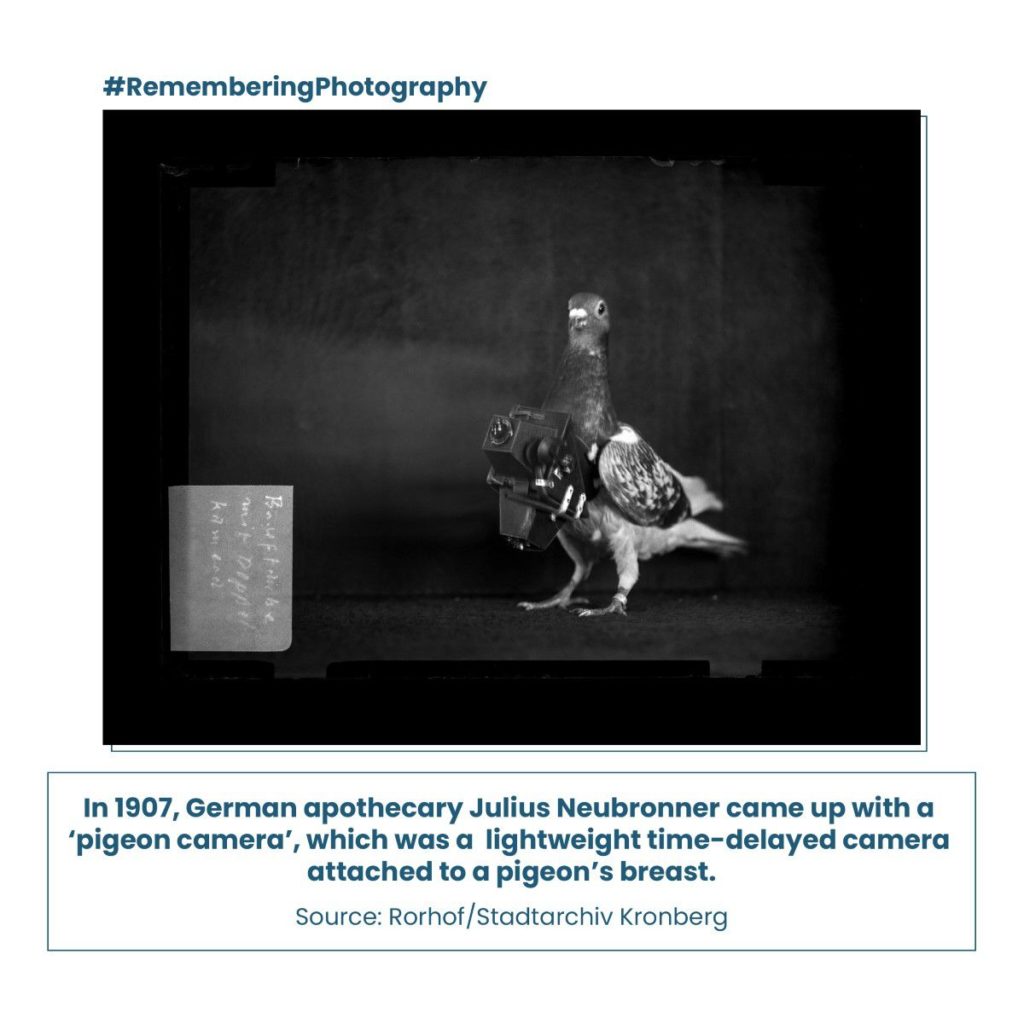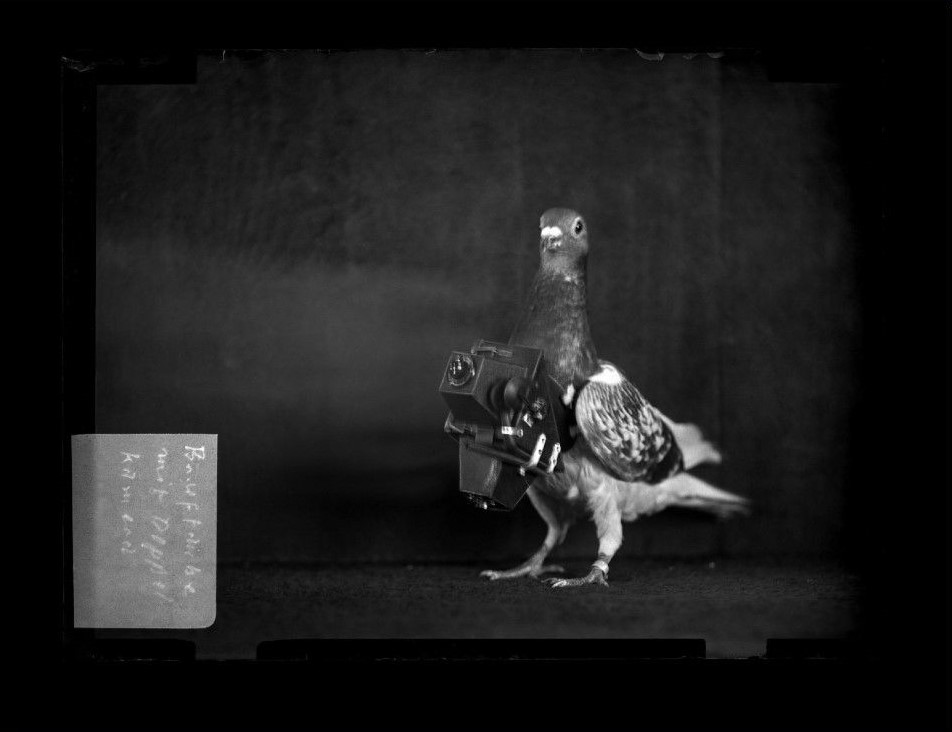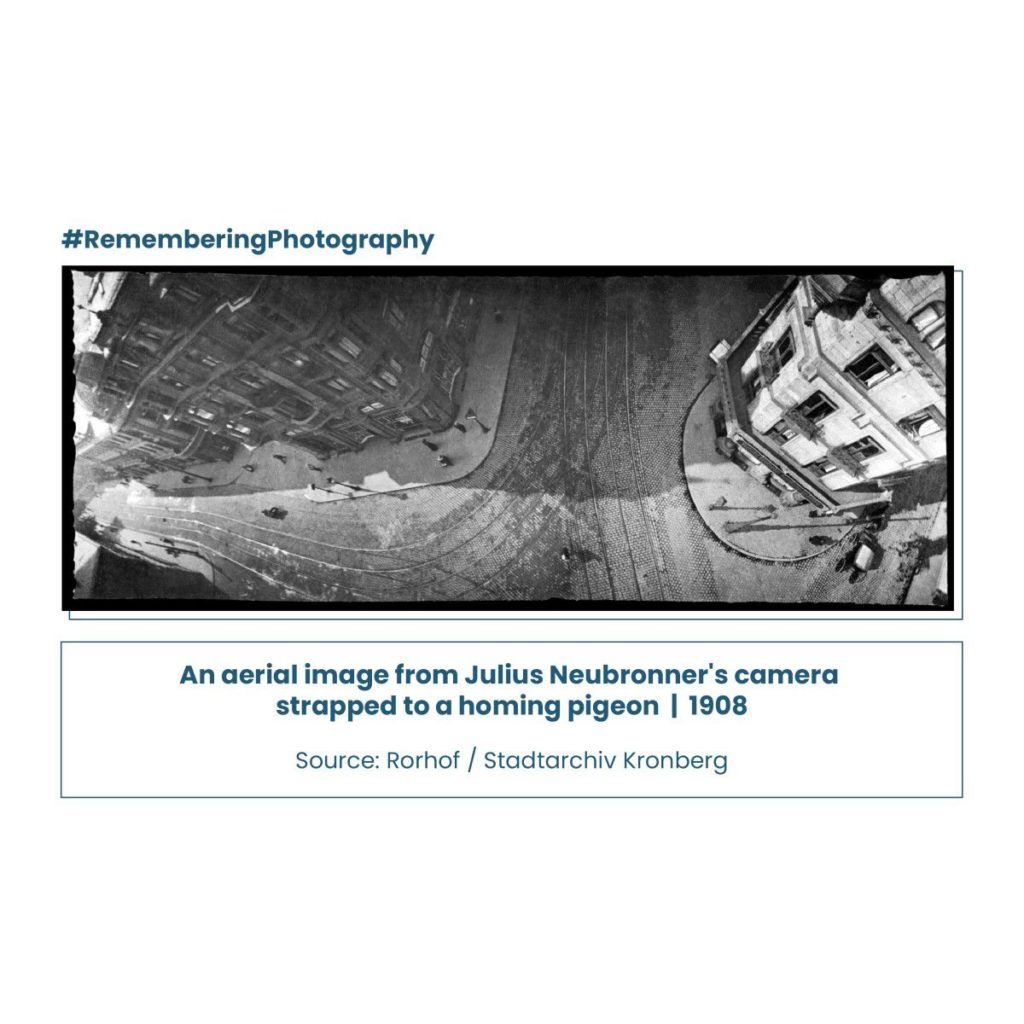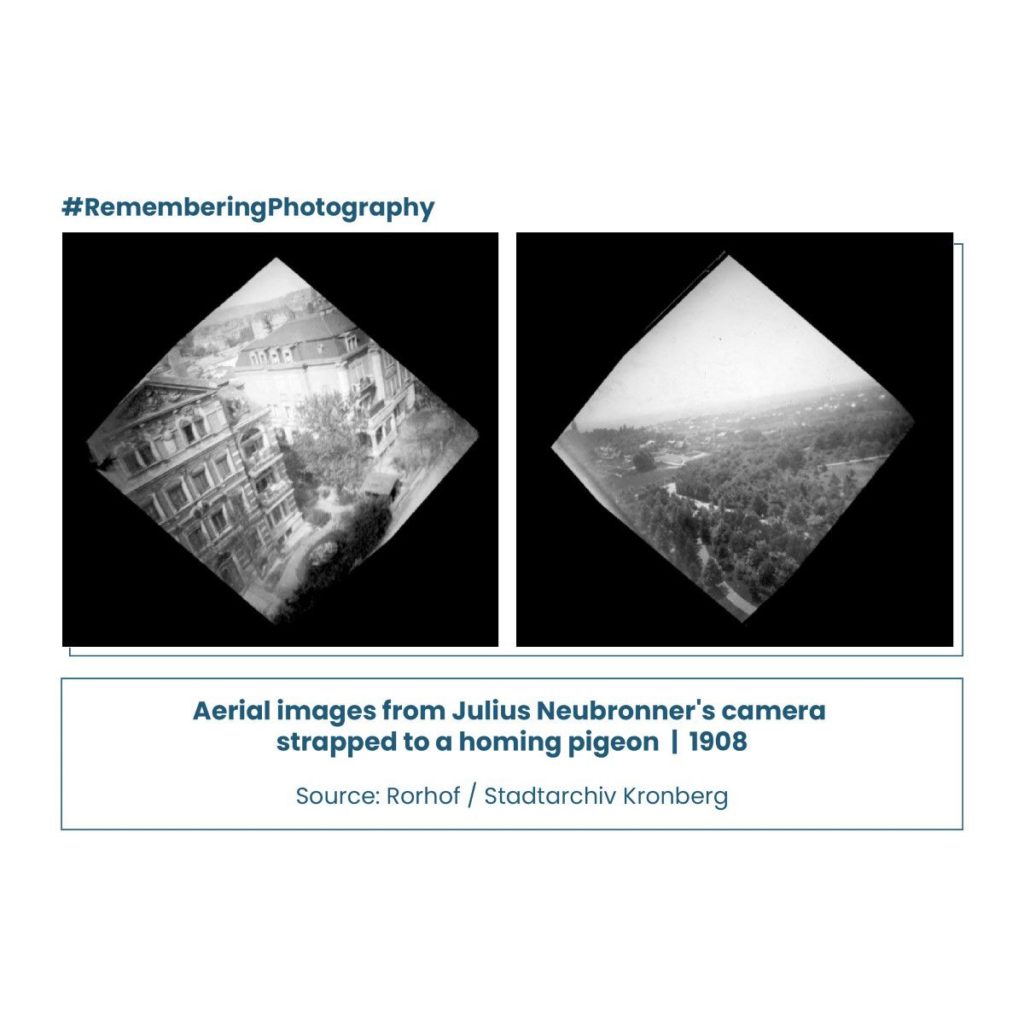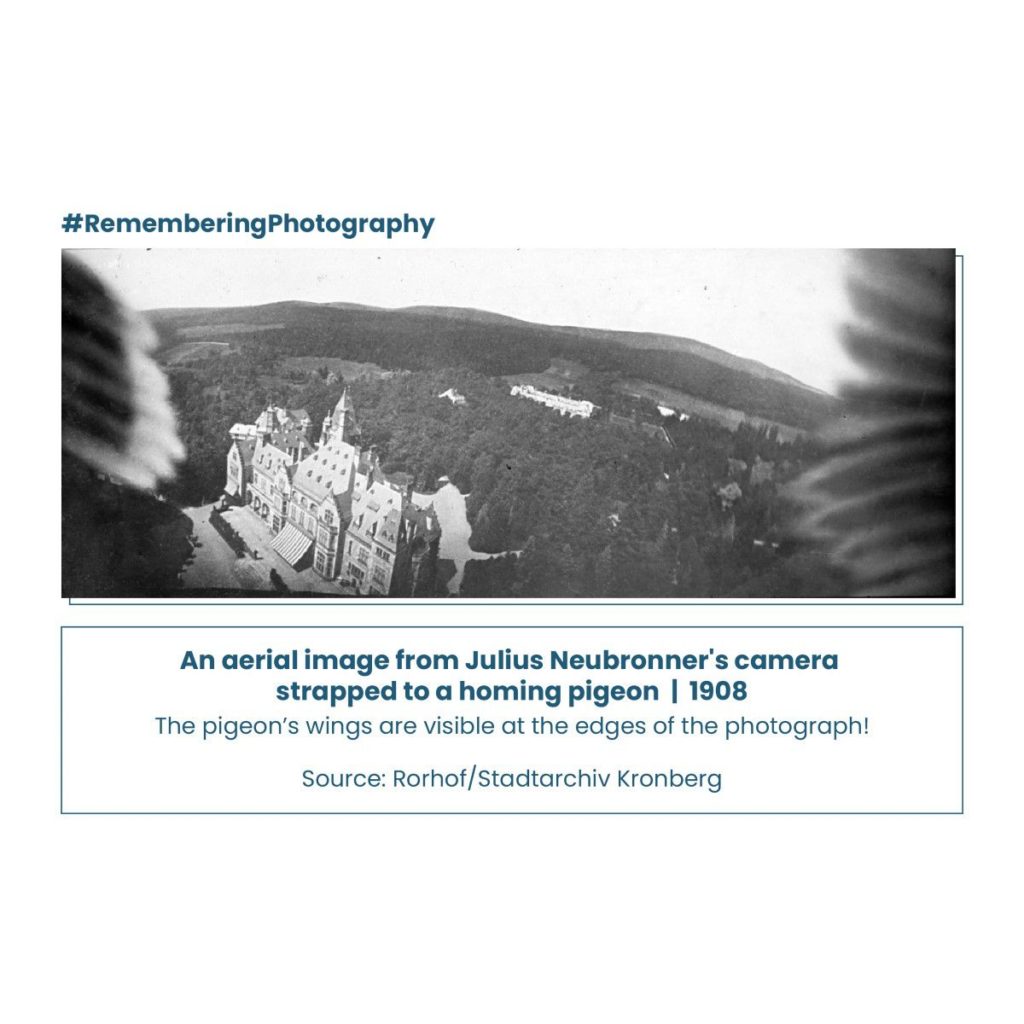Have you ever looked out the window of an airplane, observed the buildings and people below get tinier and tinier, and felt compelled to snap a photograph? If you have, you’re already familiar with aerial photography!
How do you think the world’s first aerial photograph might have been taken? Do you think it was before or after the invention of airplanes?
The first aerial photograph ever taken was shot by French photographer Gaspar Félix Tournachon, also known as ‘Nadar’, from a hot air balloon! He was the first to combine flight and photography, two of the most monumental innovations of the 19th century.
Nadar captured an aerial view of the French village of Petit-Bicêtre (now Petit-Clamart) from a tethered hot air balloon, using a complete darkroom he carried in the balloon’s basket. Honoré Daumier, a French painter, immortalized the moment in an illustration titled ‘Nadar elevating Photography to Art’.
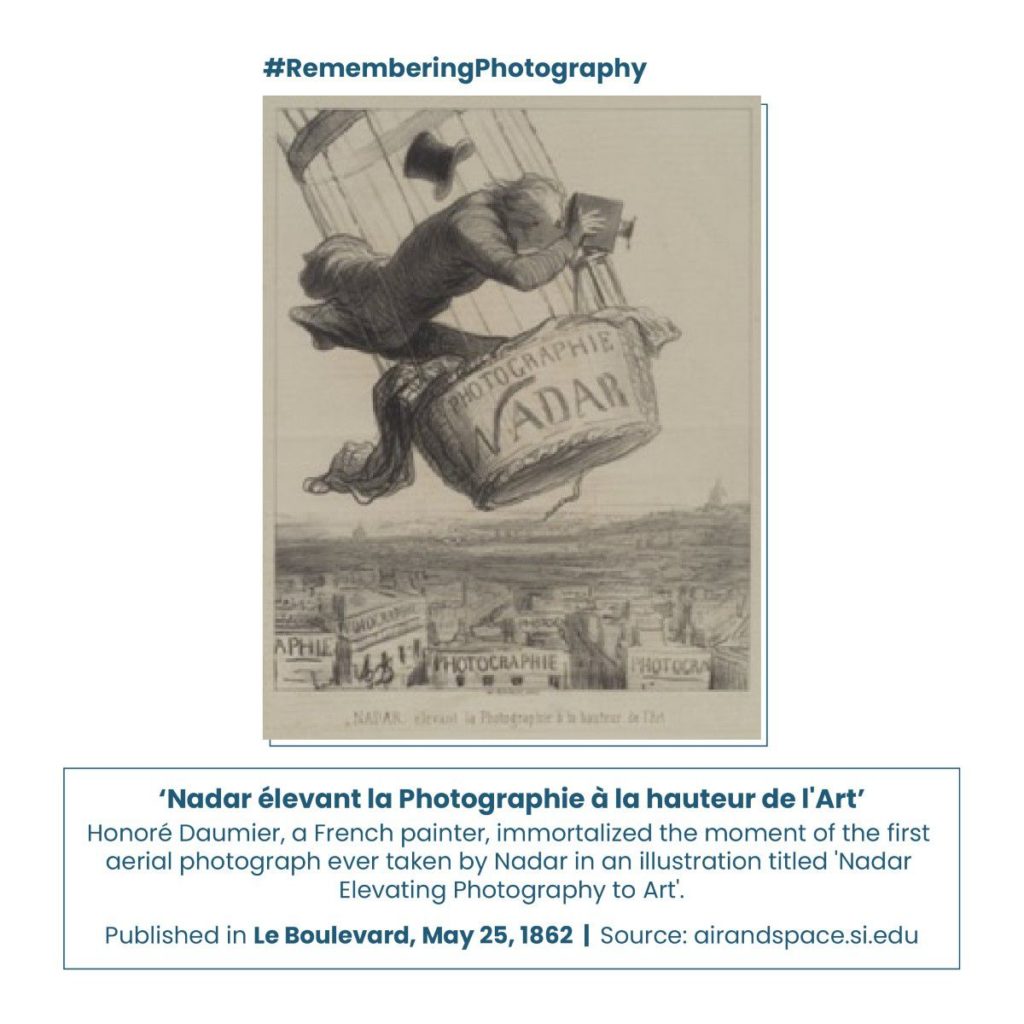
The photographs Nadar shot, however, no longer exist – although he does retain credit for the first aerial photographs, marking 1858 as the year in which aerial photography was born.
Two years later, in 1860, photographer James Wallace Black shot the earliest surviving aerial photograph from a balloon tethered above Boston, Massachusetts (seen below). The photograph, titled ‘Boston, as the Eagle and the Wild Goose See It’ today lives at the Metropolitan Museum of Art.
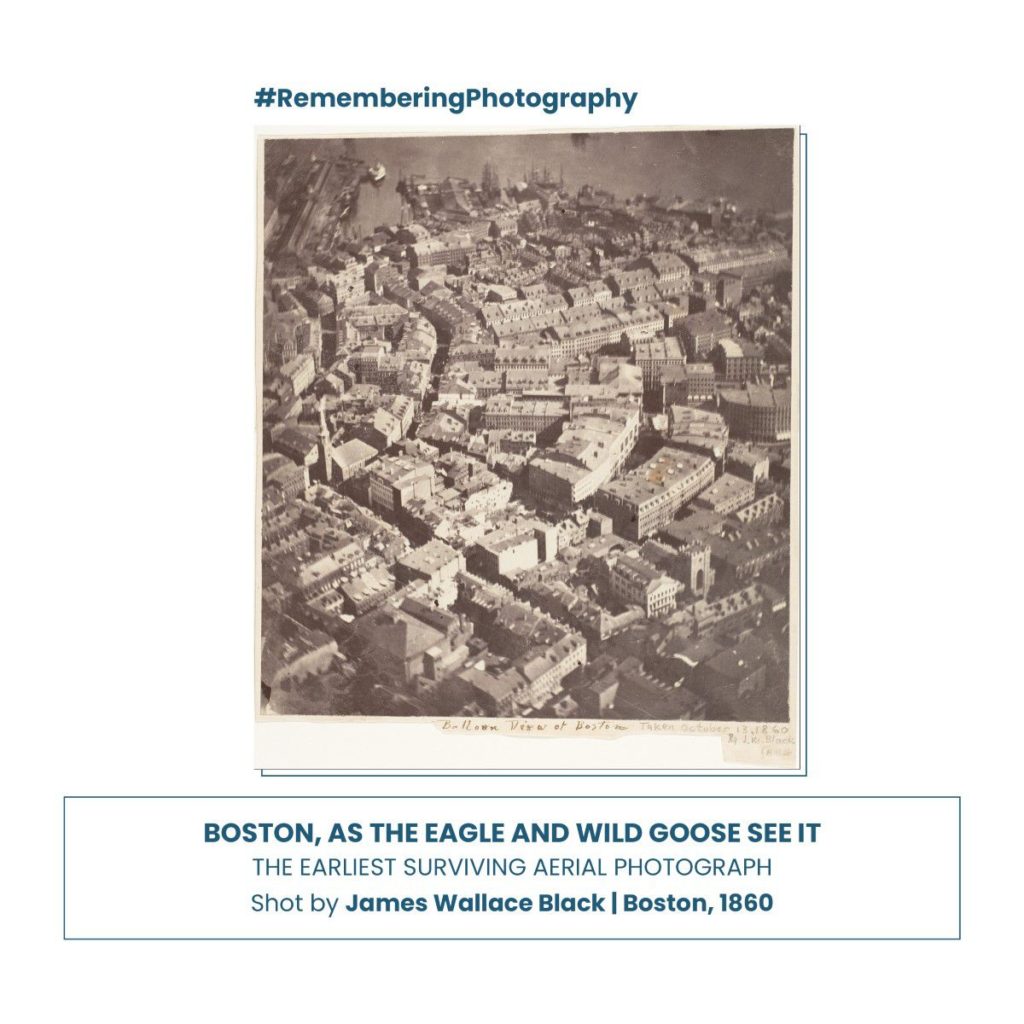
Once airborne, photographers began a multitude of gravity-defying experiments using kites and rockets – and only two years later, the Union Army used balloon photography to spy on Confederate troops in Virginia, foreshadowing the aerial role photography plays in military operations today.
In 1907, German apothecary Julius Neubronner came up with a ‘pigeon camera’, which was a lightweight time-delayed camera attached to a pigeon’s breast!
